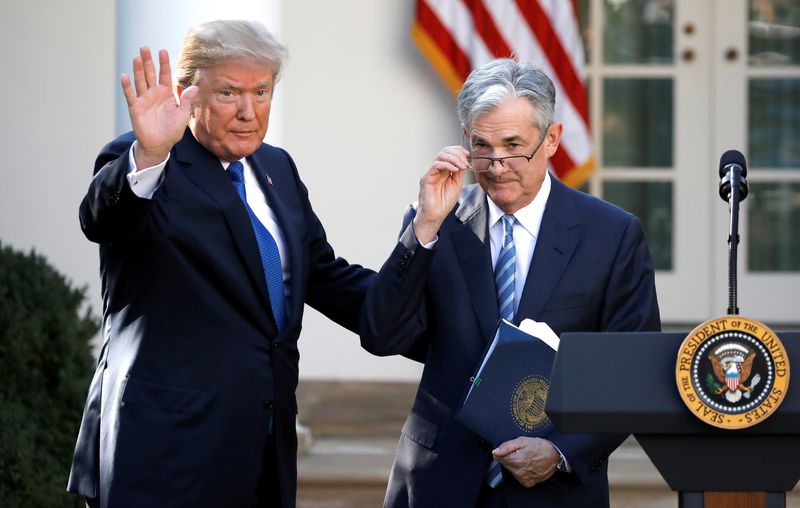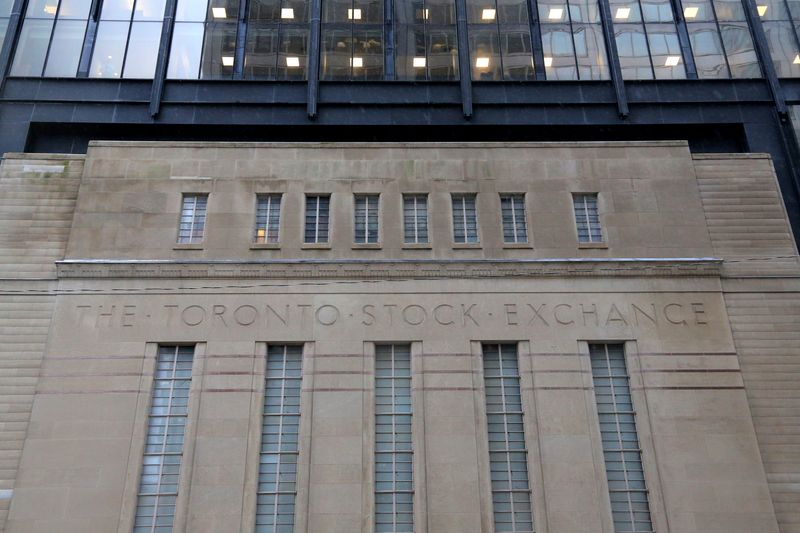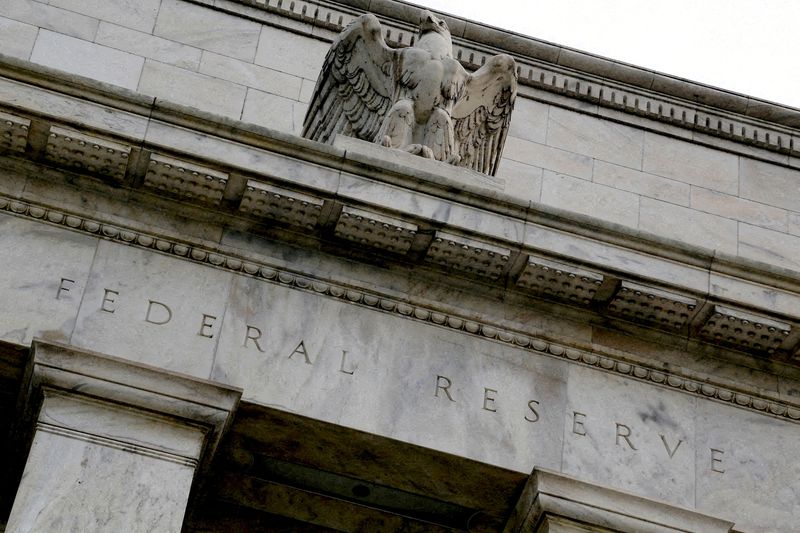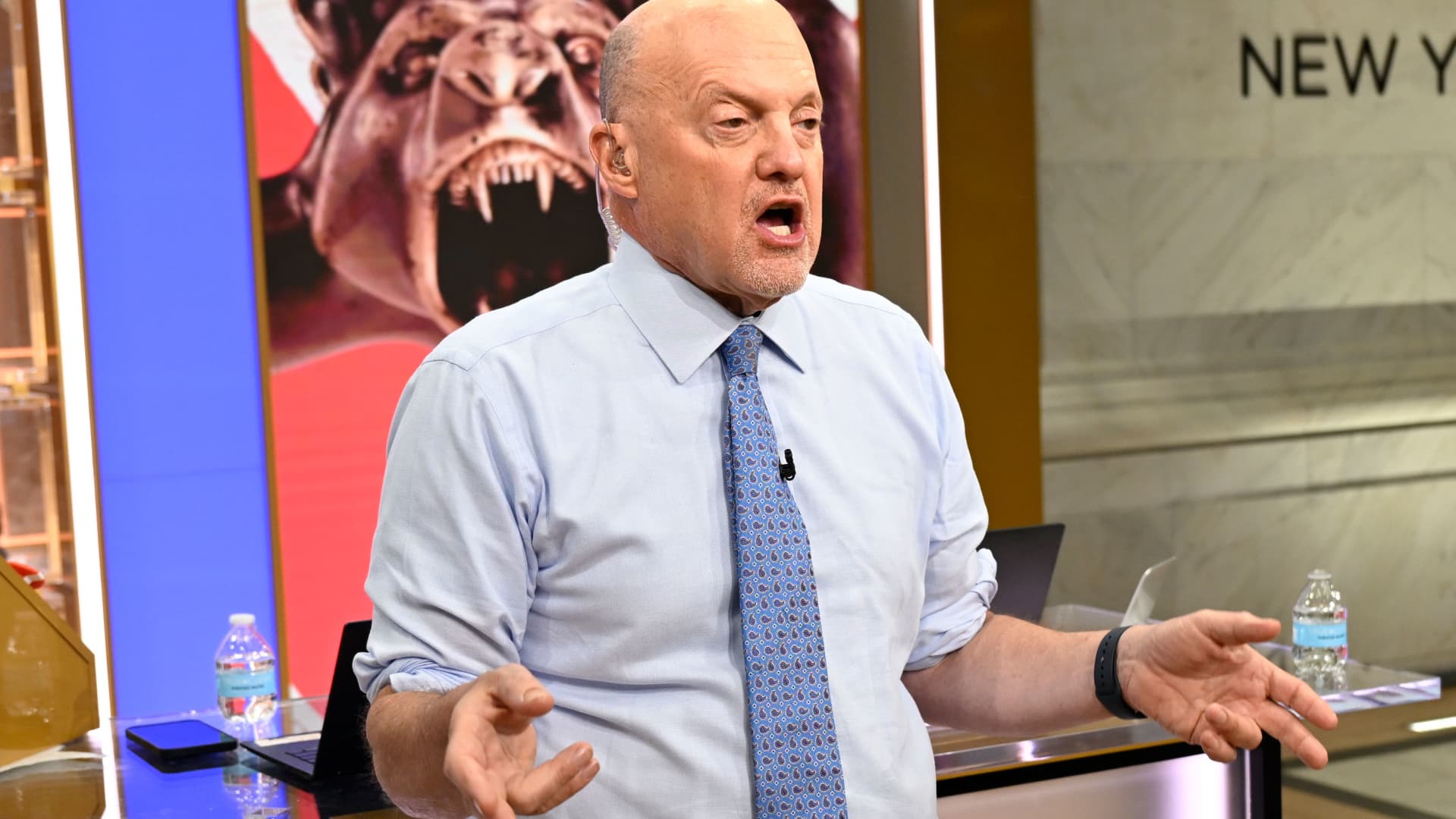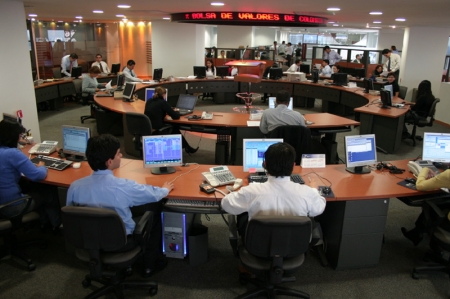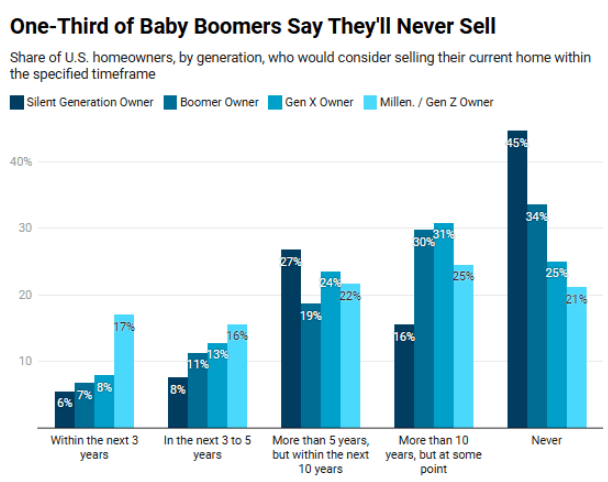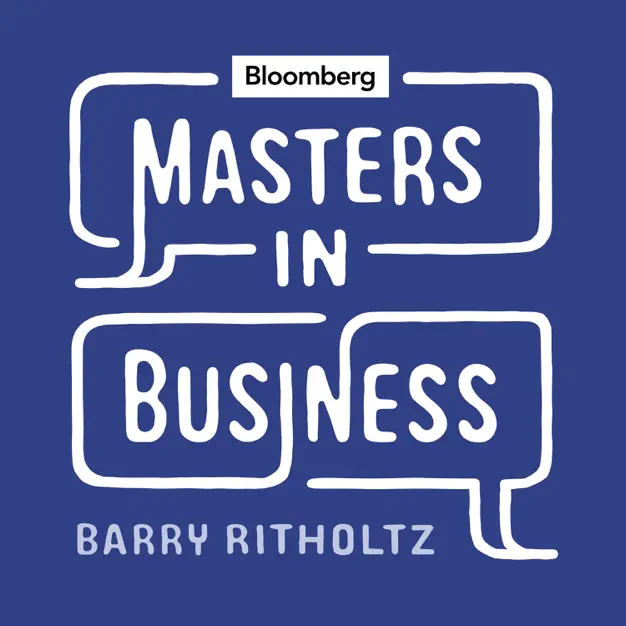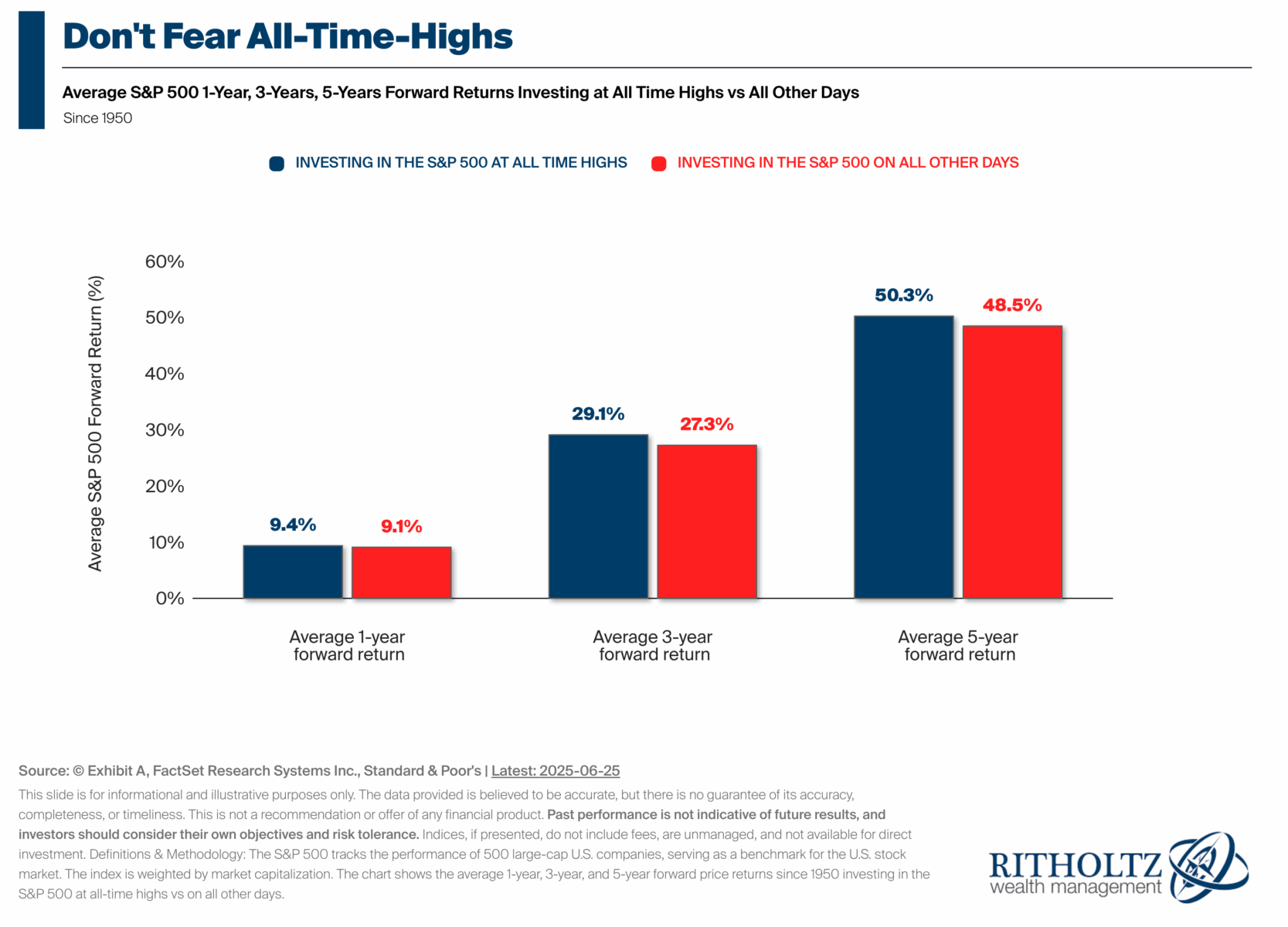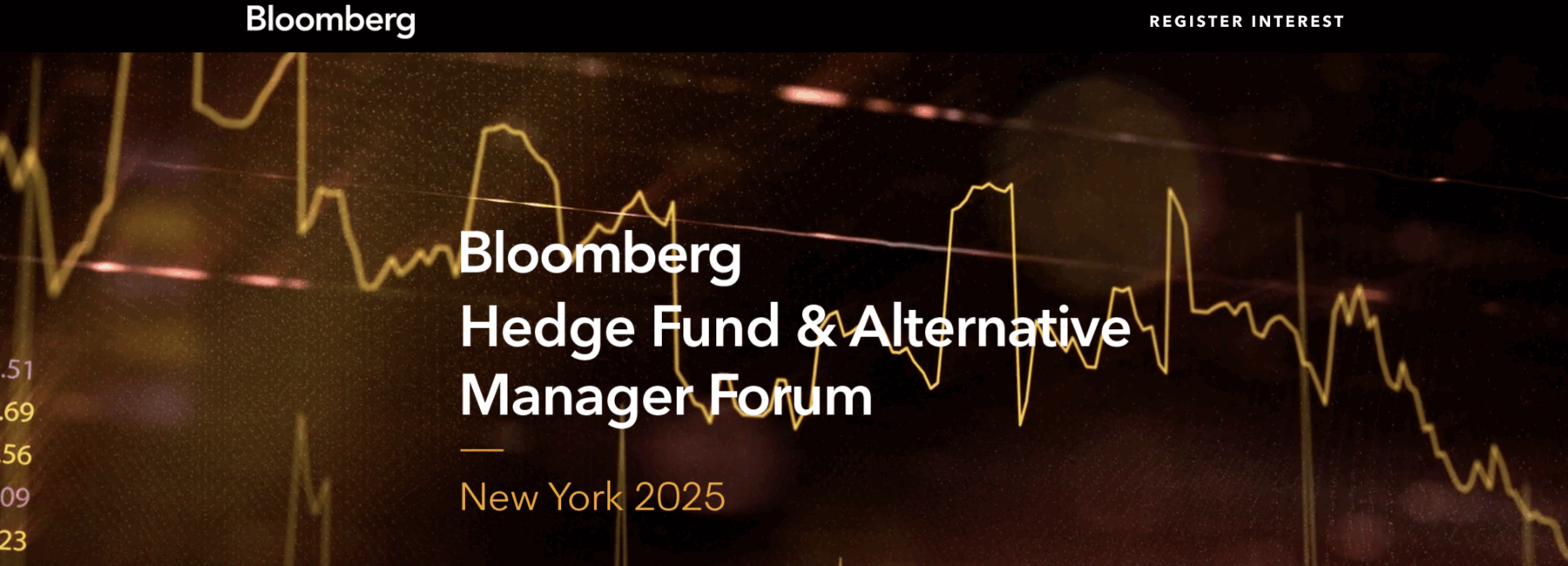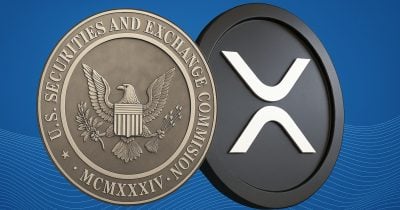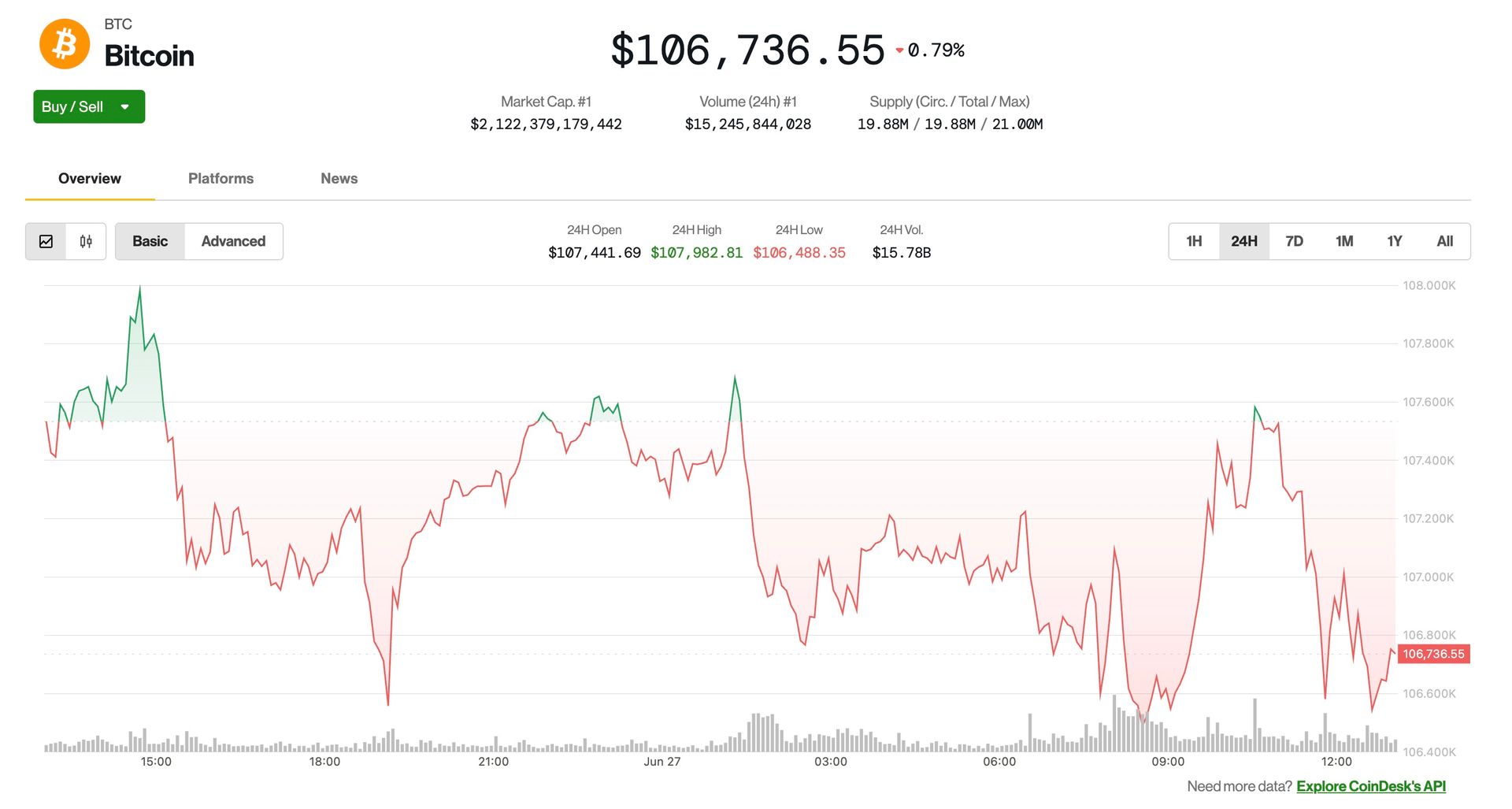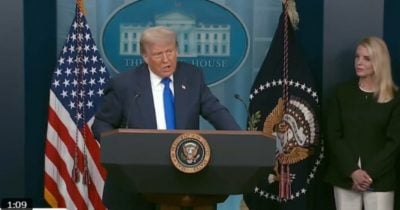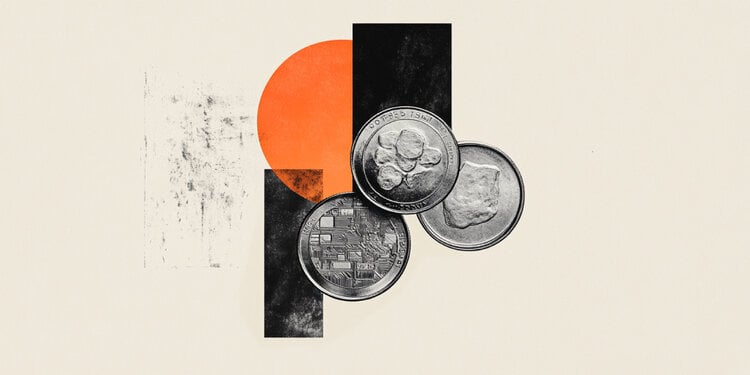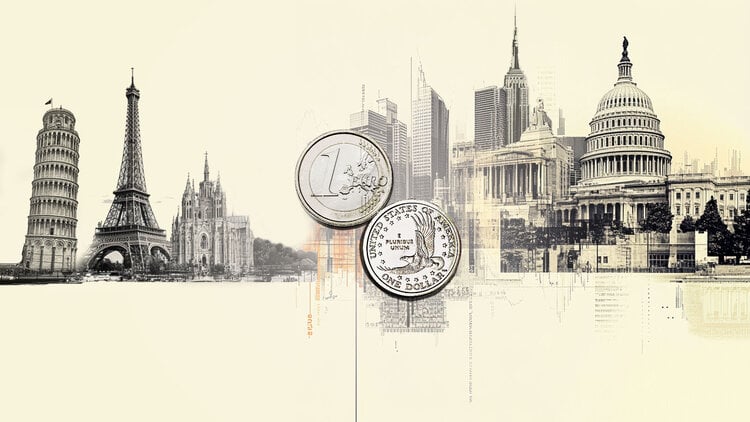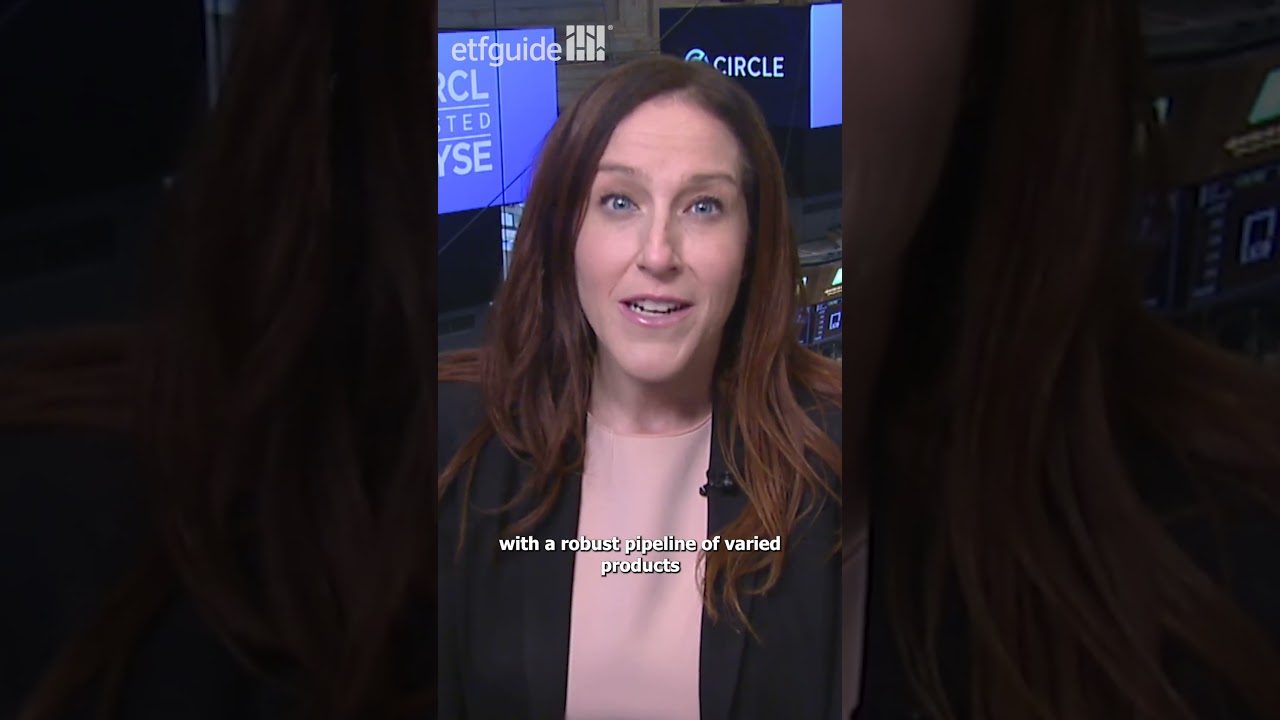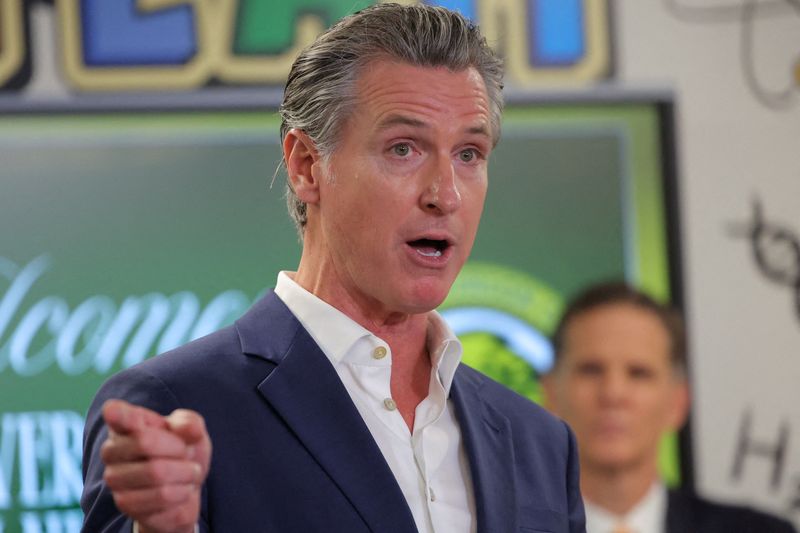Baby Boomer Investing Strategy: 2 Things to Do (and 1 to Avoid) in 2025 and Beyond
This post may contain links from our sponsors and affiliates, and Flywheel Publishing may receive compensation for actions taken through them. For the millions of baby boomers out there approaching retirement, the current market dynamics we’re seeing play out can certainly provide an uncomfortable amount of angst. Those who are looking to retire within the […] The post Baby Boomer Investing Strategy: 2 Things to Do (and 1 to Avoid) in 2025 and Beyond appeared first on 24/7 Wall St..

For the millions of baby boomers out there approaching retirement, the current market dynamics we’re seeing play out can certainly provide an uncomfortable amount of angst. Those who are looking to retire within the next five to 10 years may be more concerned about capital preservation (and probably should be) than growth. But those who have pulled money out of the market (say, during the previous tariff dip) have also been hammered by the reality that missing out on those gains could force certain baby boomers to work longer or invest more capital up front right now.
With that in mind, finding the right investing strategies to stick with in these uncertain times (and the foreseeable future) should be the goal. Here are two pieces of advice I’ve come across as things investors may want to consider right now, and one key pitfall to avoid.
Key Points in This Article:
- The average American is expected to need at least $1.26 million to retire comfortably as of 2025.
- Many experts still advocate for the 60/40 portfolio for retirees.
- Are you ahead, or behind on retirement? SmartAsset’s free tool can match you with a financial advisor in minutes to help you answer that today. Each advisor has been carefully vetted, and must act in your best interests. Don’t waste another minute; get started by clicking here. (Sponsor)
Know What You Need In Retirement
Before starting out on any large-scale retirement planning activities, many investors would be right in thinking about what they’ll ultimately need when the time comes to hang up the work boots. Working backwards, and having a target to hit, makes the next couple investing strategies much more meaningful.
The average American is expected to need at least $1.26 million to retire comfortably as of 2025. These numbers change every year, and notably this number is lower than the 2024 estimate that experts previously put out there. That said, this is still a rather large number, and one that could continue to increase if inflationary pressure remain.
Calculating what a retiree will expect to receive in social security payments (non-retirement account related revenue) and estimating one’s ongoing expenses in retirement is a good first step. The gap between what social security will cover and one’s overall expenses should give an annual amount to target. And most experts suggest using a withdrawal rate of 4%. So, that means that taking one’s annual expenses and dividing by 0.04, should get a soon-to-be retiree pretty close to the number they’ll need.
For someone with a cost of living gap of $50,000 per year who expects to live another 30 years and utilize a 4% withdrawal rate, that number comes to around $1.25 million. So, the experts are pretty bang on the money with what most retirees should aim for.
Put Together an Investing Strategy
Hope isn’t a strategy, and relying on the government (and a social security trust fund that appears to be running out) isn’t something conservative investors will want to do.
Having money set aside for retirement can do much more than simply relieve stress in the near-term. How much retirees enjoy their golden years really depends on their resources relative to their health, and so there are plenty of exogenous factors that money can’t solve for.
But by reviewing and consolidating one’s retirement accounts, retirees may have a better line of sight into what their future distributions will look like. And within those accounts, ensuring that the right allocations are in place is another important factor to consider.
For investors who value capital preservation over growth, ensuring that there’s enough exposure to fixed income assets (bonds, real estate, other income-producing assets) will be important. For those who may not need the money today and want to enjoy their nest egg over a longer period of time, having greater exposure to growth stocks may be preferable.
This is where personal preference comes in, in terms of how aggressive a retiree wants to be, particularly in this climate. While many experts still advocate for the 60/40 portfolio for retirees (60% stocks and 40% bonds), those percentages can vary widely depending on an individual’s risk tolerance and life expectancy.
Avoid: Under-Estimating Life Expectancy and Healthcare Costs

One piece of excellent news for retirees is that we’re now living longer than ever. With a greater percentage of the baby boomer population expected to live past 100 than any generation in history, it will certainly be interesting to see how this generation budgets for retirement.
I think 100 is the new 90, which is great news for those looking to stick around for their grandkids and great grandkids. But for millions of baby boomers, not allocating enough risk capital to one’s retirement portfolio can be a big mistake. Retiring at 65, but only having enough funds to last a decade or two, isn’t a great idea. And with the cost of healthcare consistently on the rise (at a faster pace than inflation), one’s retirement funds may not go as far as one may initially forecast at, say, a 4% withdrawal rate.
Doing a sensitivity analysis, and running one’s retirement distributions at a higher withdrawal rate, of 6-7% can ensure that retirees have enough set aside to comfortably retire. Personally, the numbers I’m using to calculate my anticipated required nest egg are: 30 years in retirement from age 70 (to maximize social security benefits) and a conservative 4% withdrawal rate. Beefing up what one may need in retirement based on inflation (I’ve got a few decades to go) means that requiring $100,000 annually in retirement at a 4% withdrawal rate means a nest egg closer to $2.5 million is my goal. But to each their own.
The post Baby Boomer Investing Strategy: 2 Things to Do (and 1 to Avoid) in 2025 and Beyond appeared first on 24/7 Wall St..





